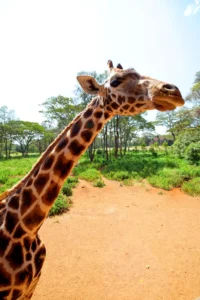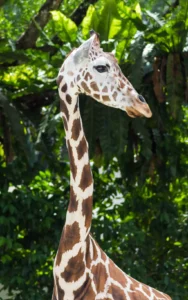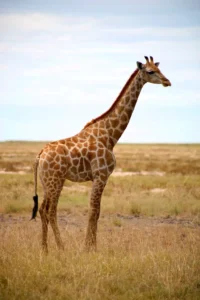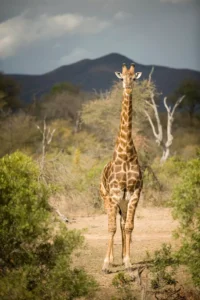Giraffes, with their long necks and distinctive coat patterns, are among the most iconic animals of Africa. These majestic creatures have fascinated humans for centuries, not just for their unique appearance but also for their intriguing behaviors and habitats. In this article, we'll delve deep into the native habitats of giraffes, their characteristics, and some fascinating facts about these gentle giants.
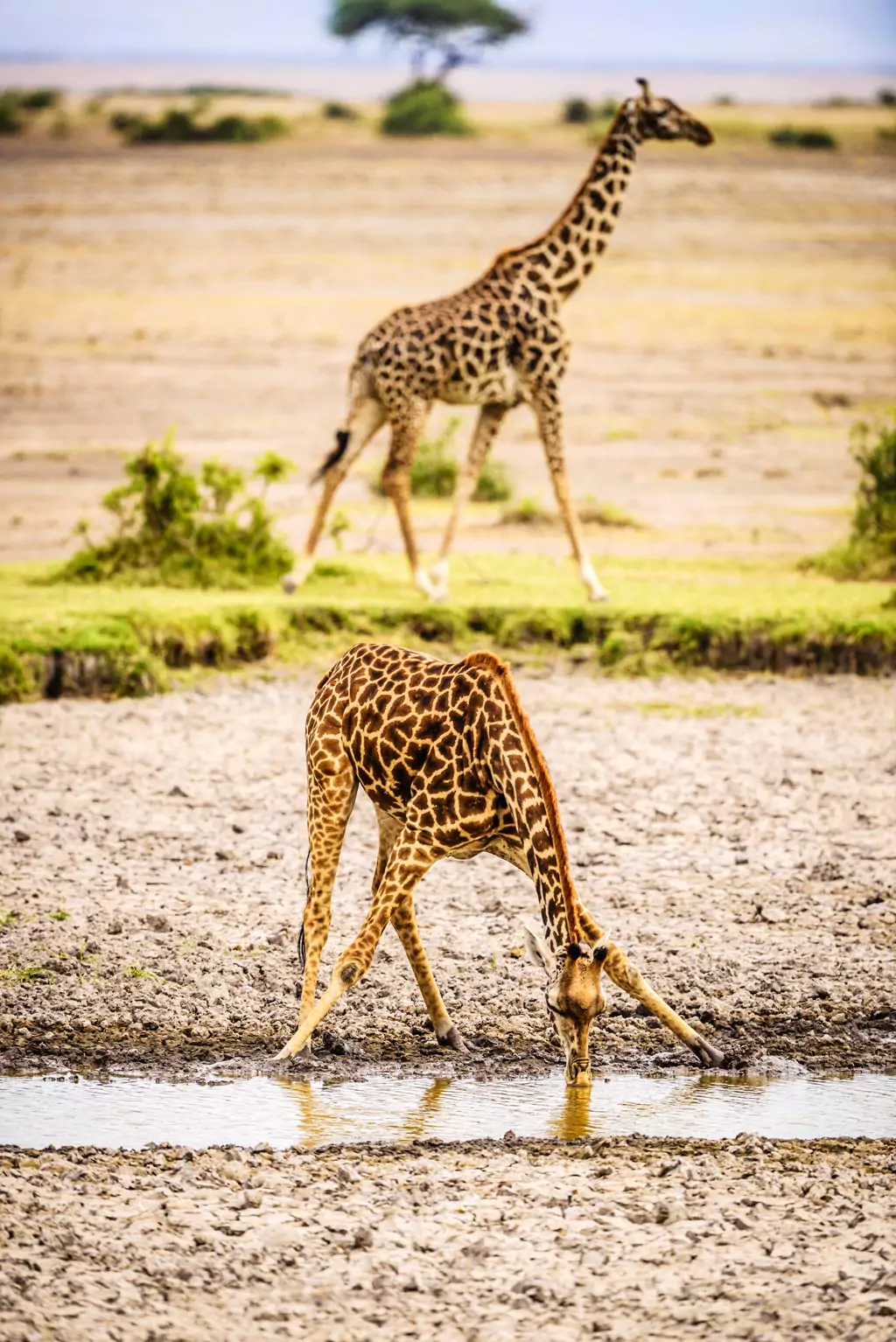
Key Takeaways:
- Giraffes are native to sub-Saharan Africa.
- They are the tallest of all land animals.
- Giraffes have a unique coat pattern of irregular brown patches on a light background.
- They primarily inhabit grasslands and open woodlands in East Africa.
- Giraffes have a prehensile tongue that allows them to browse foliage almost six meters from the ground.
Giraffe's Native Habitat
Regions of Residence
Giraffes are native to sub-Saharan Africa and are commonly found in grasslands and open woodlands. Their presence is prominent in reserves such as Tanzania’s Serengeti National Park and Kenya’s Amboseli National Park. The genus Giraffa comprises four species:
- Northern giraffe (G. camelopardalis)
- Southern giraffe (G. giraffa)
- Masai giraffe (G. tippelskirchi)
- Reticulated giraffe (G. reticulata)
https://www.youtube.com/watch?v=P_ckAbOr0r4
Physical Characteristics
Giraffes are the tallest of all land animals. Male giraffes, also known as bulls, can exceed a height of 5.5 meters (18 feet), while the tallest females, or cows, stand at about 4.5 meters. Their long, prehensile tongues, which can be almost half a meter in length, enable them to browse foliage from great heights.
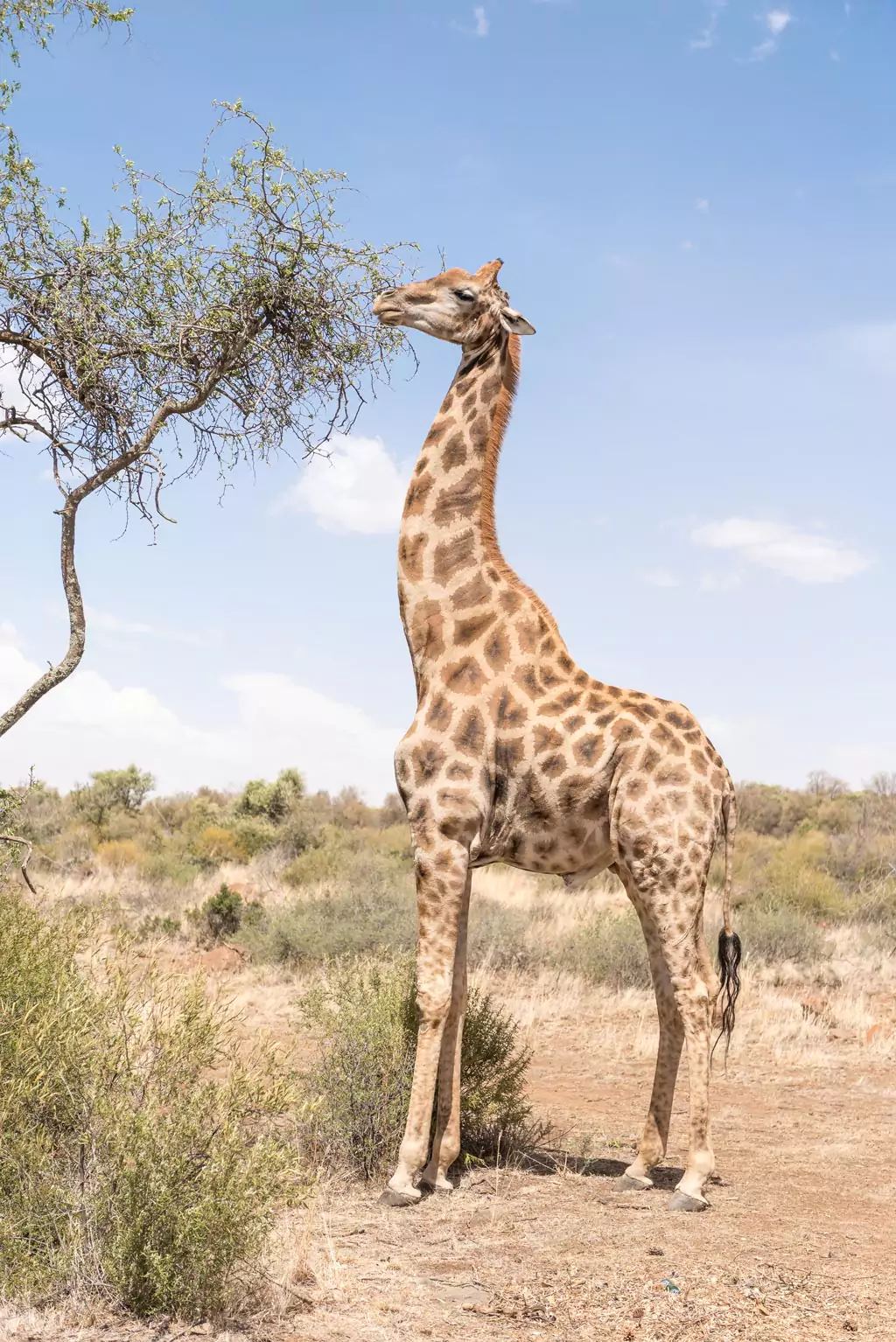
Dietary Habits
Giraffes prefer to consume new shoots and leaves, primarily from the thorny acacia tree. They are significant eaters, with a large male consuming approximately 65 kg (145 pounds) of food daily. Their tongues and the insides of their mouths have a protective coating of tough tissue. This allows them to grasp leaves with their lips or tongue and pull them into their mouths. They obtain most of their water from their food, but during dry seasons, they drink at least every three days.
https://youtube.com/watch?v=1Uj2r-8DjG4
Behavioral Traits and Social Structure
Group Dynamics
Giraffes live in nonterritorial groups that can consist of up to 20 members. The size of their home ranges can vary significantly based on the region, with wetter areas having smaller ranges of 85 square km and drier regions extending up to 1,500 square km. These animals are gregarious, which is believed to increase vigilance against predators. Their excellent eyesight allows them to spot threats from a distance, and when one giraffe focuses on a potential danger, others tend to follow its gaze.
Life Span
In the wild, giraffes can live up to 26 years, and they tend to live slightly longer in captivity.
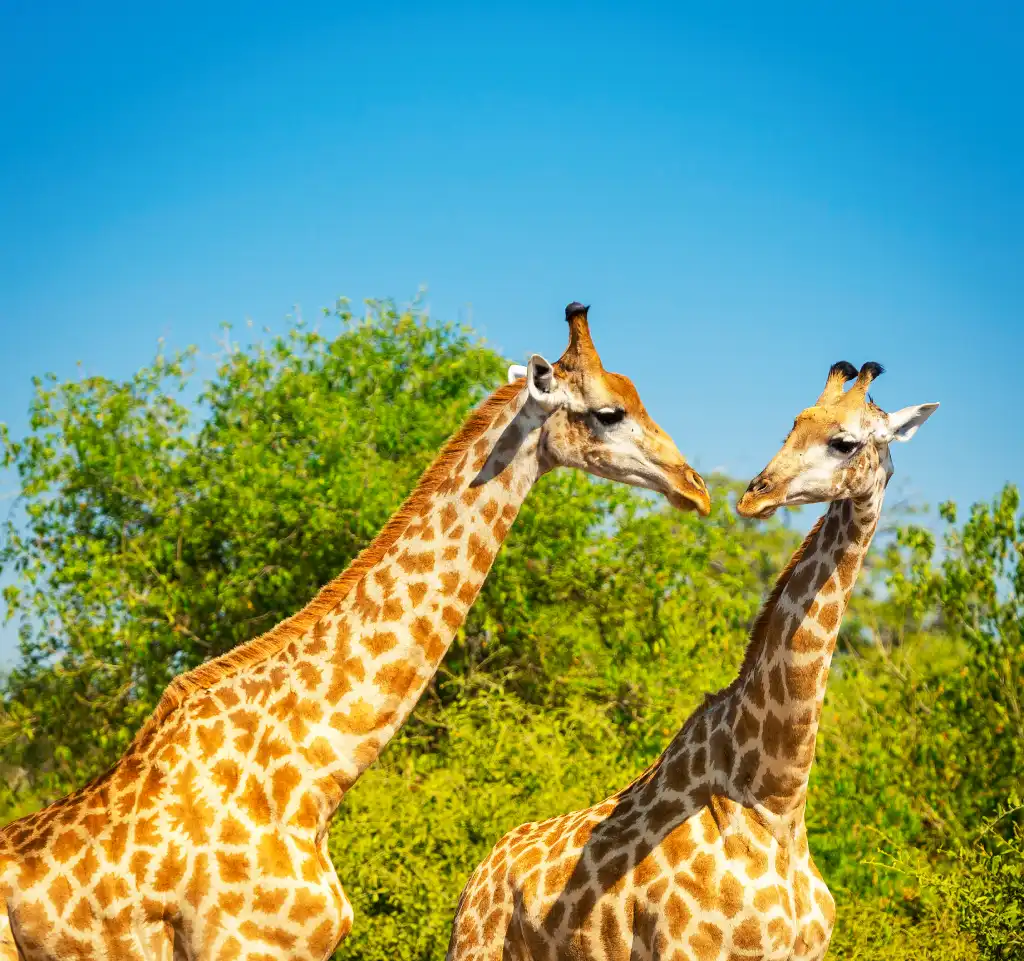
Reproduction
Female giraffes start breeding at the age of four or five. The gestation period lasts for 15 months, and most calves are born during the dry months in certain regions. However, births can occur throughout the year. The single offspring stands about 2 meters tall and weighs around 100 kg at birth.
https://youtube.com/watch?v=9Qx6vw93GBE
Threats and Conservation
Giraffes have faced numerous challenges over the years. During the 19th and 20th centuries, factors like overhunting, habitat destruction, and diseases introduced by European livestock led to a significant reduction in their range. Today, while they are abundant in East African countries, their numbers have dwindled in other parts of Africa. The West African subspecies of the northern giraffe, for instance, is now confined to a small region in Niger.
The International Union for Conservation of Nature (IUCN) previously classified giraffes as a species of least concern. However, a 2016 study revealed a sharp decline in their population, leading to their reclassification as vulnerable.
Relation to Other Species
The only close relative of the giraffe is the rainforest-dwelling okapi. This species, along with the giraffe, belongs to the family Giraffidae. Fossil evidence suggests that ancestors of the modern giraffe or similar species lived in Tanzania around two million years ago.
Giraffe's Unique Features
Distinctive Coat Patterns
One of the most captivating features of giraffes is their coat pattern. Interestingly, just like human fingerprints, no two giraffes have the same coat pattern. This unique feature not only adds to their beauty but also serves as a camouflage mechanism in the wild.
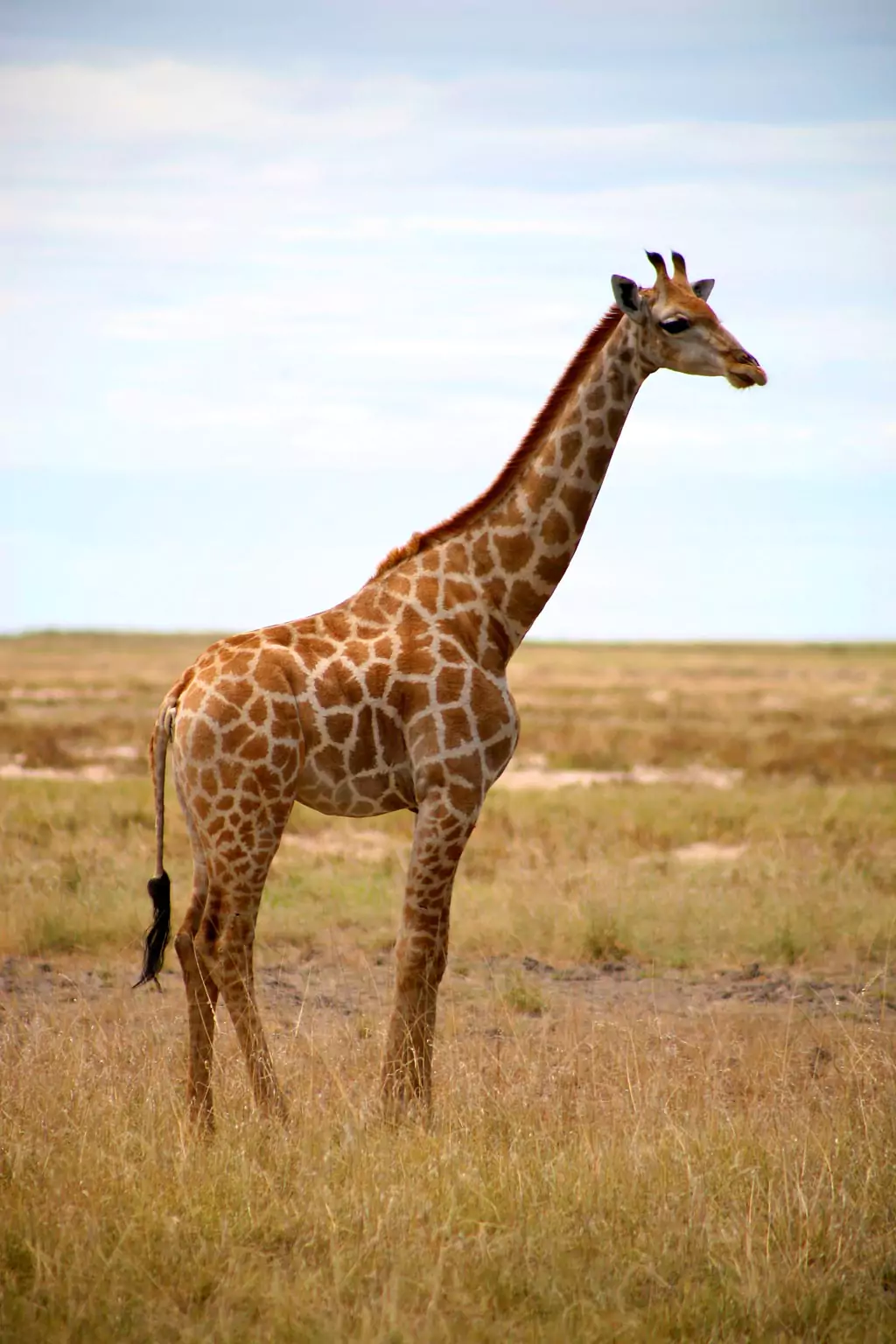
Physical Adaptations
Giraffes have several distinctive physical features that set them apart:
- Their feet are massive, almost the size of a dinner plate with a diameter of 30 cm.
- Giraffe tongues are bluish-purple and measure between 45 and 50 cm long, aiding them in reaching and consuming foliage from tall trees.
- Both male and female giraffes have horns, known as ossicones, from birth. These ossicones lie flat initially and are not attached to the skull to prevent injury during birth. They fuse with the skull later in life.
Reproductive Facts
Female giraffes give birth while standing up. This means their young experience a fall of about 2 meters to the ground upon birth. Despite this dramatic entrance into the world, giraffe calves can stand up within an hour of being born. However, survival is tough, and in some populations, over 50% of all giraffe calves do not make it past their first year.
Drinking Habits
A giraffe’s neck, despite its length, is too short to reach the ground. To drink, giraffes need to splay their forelegs and/or bend their knees, and only then can they lower their necks to reach the water. Interestingly, giraffes only drink once every few days. Even when water is readily available, many giraffes do not drink regularly, and some might not drink at all.
Giraffe's Cardiovascular System
The giraffe's cardiovascular system is a marvel of nature. Their heart weighs approximately 11 kilograms (almost 25 pounds) and has an average resting heart rate of 40-90 beats per minute. Contrary to popular belief, the giraffe's heart isn't larger compared to other mammals. Instead, the giraffe’s heart has a thicker muscle on the left side (ventricle) so it can generate enough force to counteract gravity. This unique adaptation ensures that blood reaches the brain, situated two meters above the heart.
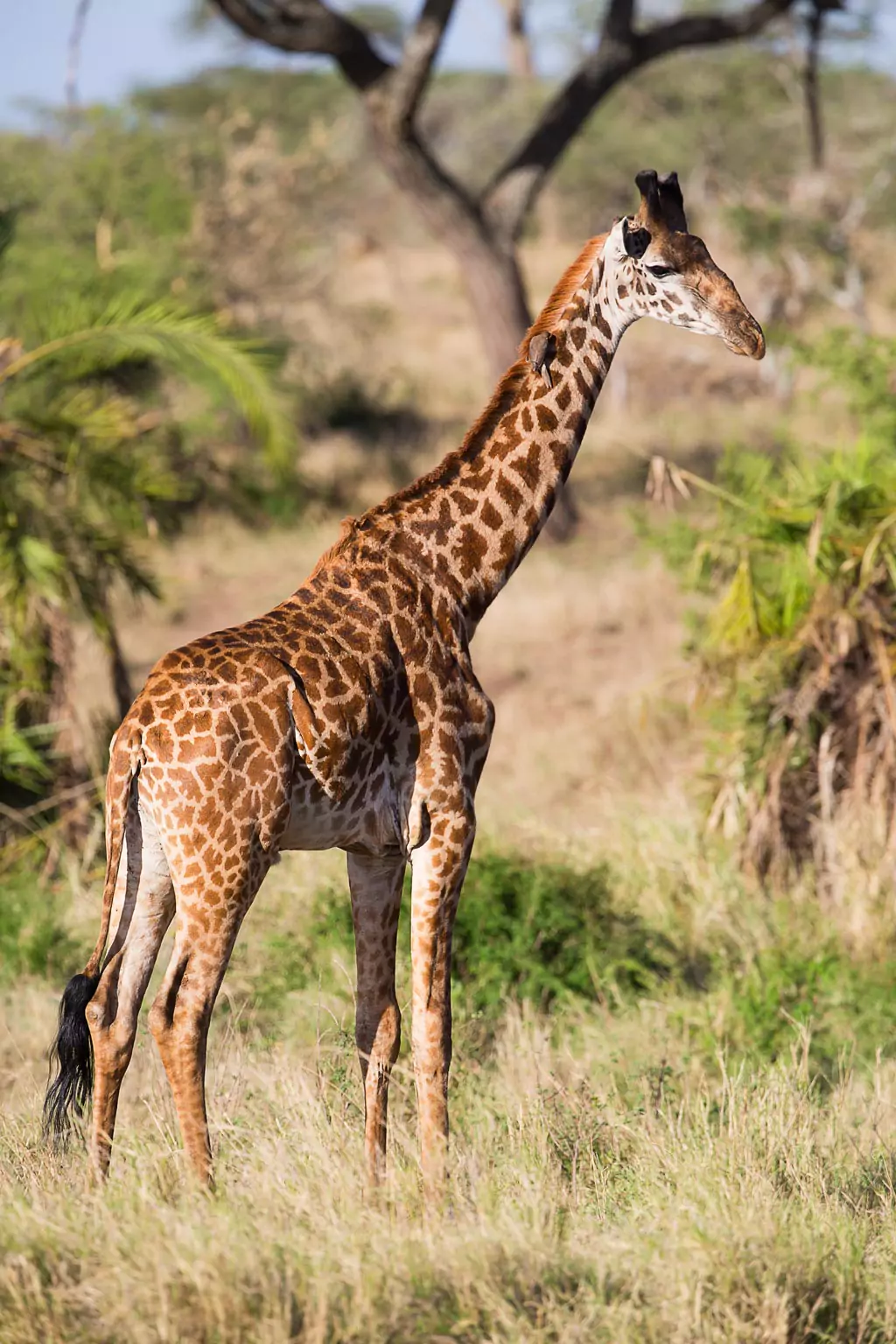
Frequently Asked Questions (FAQs)
How many species of giraffes exist?
There are four distinct species of giraffe: Northern giraffe, Southern giraffe, Reticulated giraffe, and Masai giraffe.
How do giraffes sleep?
In the wild, giraffes rarely lie down due to fear of predators. This includes sleeping, which they mostly do while standing up.
What is the lifespan of a giraffe?
The lifespan of a giraffe in the wild is approximately 25 years, while those in captivity tend to live slightly longer.
What do you call a group of giraffes?
A group of giraffes is aptly named a tower.
For more fascinating facts about giraffes, you can visit the Giraffe Conservation Foundation.

